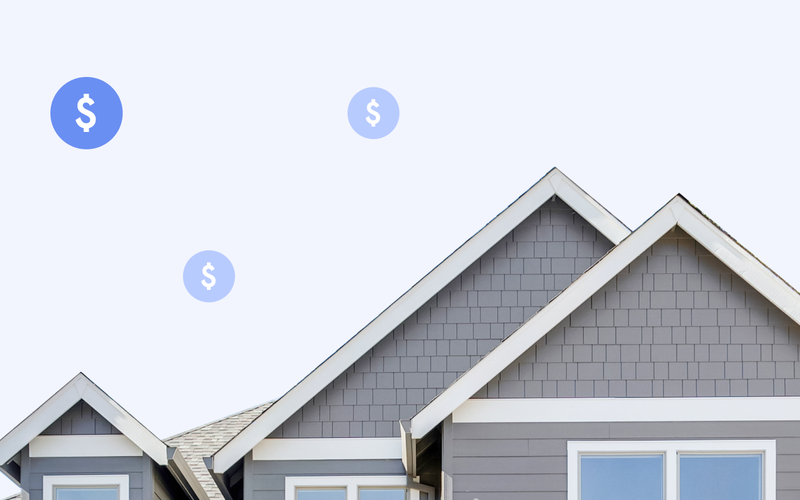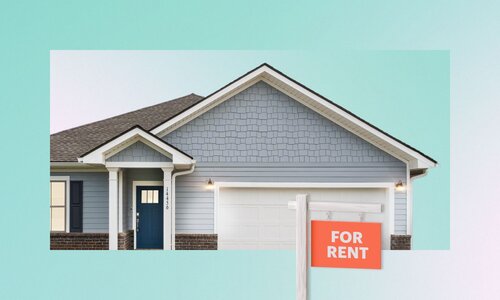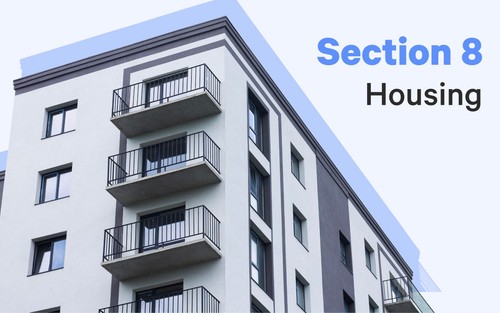The market value of a home is always a top concern for anyone involved in a real estate transaction. Buyers want the most bang for their buck, and homeowners want to earn top dollar for their properties. But determining the value of a home isn’t exactly a straightforward process. There are many factors to consider.
11 factors that influence home prices
Here’s a look at some of the most important factors influencing home prices.
1. Location, location, location
There’s a reason “Location, location, location!” is a popular saying in the real estate industry. And here’s why. A home can easily be renovated but can’t be easily moved. That’s why there’s more competition for properties in “good” locations. But what makes a location desirable? Below are a few factors.
- Proximity to resources and infrastructure. These include shopping centers, major highways, recreational activities, entertainment, public transportation, and utilities. A home that has easy access to all the things we need to live life can command a steeper price than one that’s miles away.
- Access to a top-tier school district. The National Association of Realtors reports that a quarter (26%) of homebuyers consider the quality of public schools when looking for a home. Why? Private schools are expensive. As a result, this increases the demand for homes in top-tier school districts which drives home values. Home values in top-rated schools are roughly 50% higher than the national median.
- State of the local job market. People want to live where there are employment opportunities. Housing markets with solid job markets like Denver can command a higher price than markets with fewer opportunities like Detroit.
Those are just a few factors that determine the value of a location. However, it’s important to note that cities, towns, and suburbs are constantly changing. Areas that were once “bad” can become “good” in just a few years.
Here’s how.
Let’s say a well-known employer opens an office or warehouse in a “bad” location. Their presence will draw developers to that location, who will build up the resources and infrastructure to support it. Savvy real estate investors see this as an opportunity to buy while the homes are still affordable in that location.
2. Neighborhood
In residential real estate, there are four main types of neighborhoods. They are urban, suburban, historic, and rural. They each have their pros and cons, but all are valued on similar factors. They are:
- Accessibility. This is directly related to location, and it’s pretty simple. Does the neighborhood have easy access to main roads, jobs, and public transit? If the answer is “yes,” it will have higher home values.
- Curb appeal. How a home looks is very important to homebuyers and prospective renters. People prefer neighborhoods with great landscaping, parks, and community spaces.
- Amenities. Homebuyers and prospective renters also prefer neighborhoods that have or are near shopping, restaurants, entertainment, and excellent public schools. It doesn’t hurt if the neighborhood also has a public pool, dog park, or playground. The reason? They don’t want to commute to the things they need or love. And they want to enjoy where they live.
3. Local economy
Economic conditions significantly impact housing markets. When the economy is booming, so is the housing market. When the economy slows, so does the housing market.
Here’s why they’re so closely linked.
In an economic boom, money flows. Residents have more cash to spend, and there’s a lot of upward mobility. This, in turn, often leads to more homebuyers entering the housing market. As the economy slows down, the money stops flowing, and people stop buying houses.
Home values are higher in markets with strong economies and increased demand for housing.
4. Comparable homes
As mentioned before, location is central to determining the value of a home. That’s why the local housing prices and neighborhood comps impact a home’s worth.
In real estate, a comp is an abbreviation for comparable sales. A comparable sale refers to a recently sold home around the home you’re looking to sell or purchase that’s similar in size, condition, and features. Comps are used by everyone involved in real estate.
Sellers use comps to determine the right listing price for a home. Buyers reference comps when determining how much to offer for a home. Appraisers and lenders also use comps during a home appraisal. Real estate agents pull comps from the multiple listing service (MLS) to create a comparative housing market analysis.
5. The home’s size
There’s a reason why MLS listings are priced by square footage. Home size matters. People want space to live comfortably and are willing to pay for it.
According to the National Association of Realtors, every 1,000 square feet added to a home can increase its sales price by at least 30%.
But not all square footage is created equal. Homebuyers and prospective renters want usable space. Usable space is the square footage that can be lived in. Garages, attics, sheds, and unfinished basements are not considered functional spaces.
6. Lot size
Land is precious. That’s why homes on larger lots tend to have higher property values. However, there are some nuances. Here are key factors that influence a lot’s value:
Size of surrounding lots. Let’s say the average lot size in the neighborhood is 0.25 acres. A home with a lot size that’s more than 0.25 acres will have a higher property value.
Location of the lot. Lots in quiet neighborhoods tend to be worth more than similar comps on major roads.
Usability of the lot. People want to be able to access or use the land their home is on. It may not add much value if a lot can’t be used because of easements or zoning.
7. The home’s age
A home’s age can either add to or detract from its value. Newer homes are typically desirable because they reflect changes in how we live. However, that doesn’t mean a new home is always more valuable than an older home. A well-cared-for 200-year-old house in a historic district can command a lot more than a new build in a well-manicured subdivision.
The key ingredient to helping a home age well and maintain its resale value is upgrades.
Upgrades are necessary as a home ages. Kitchens, baths, roofs, plumbing, and electrical work must be maintained and updated to reflect advances in style and technology.
Homes start to show their age when they aren’t maintained. As a result, their value depreciates. No one, save renovators, wants to take on extensive renovations. A home with termite damage, warped floorboards, single-pane windows, lead paint, or asbestos insulation will have a lower home price than one that’s move-in ready.
8. Condition of the home
As mentioned above, only a select group of real estate investors are interested in buying homes that need renovations and improvements. Well-maintained, move-in-ready homes are more desirable. As a result, they can command a higher sales price than a fixer-upper.
9. The property’s history
A home’s history includes ownership, zoning changes, property taxes, and permits—these impact the home’s desirability and overall market value.
10. Interest Rates
It’s simple. When interest rates go up, home sales go down. Here’s why. Higher interest rates mean higher mortgage rates and payments. This causes a decreased interest in home buying which reduces the value of your home.
Ready to invest in rental homes?
Let us help. Our platform enables you to buy shares of properties, earn rental income, and build equity without hassle. Browse our available properties to start investing today.
The opinions expressed in this article are for general informational purposes only and are not intended to provide specific advice or recommendations for any individual or on any specific security or investment product. The views reflected in the commentary are subject to change at any time without notice. View Arrived’s disclaimers.







